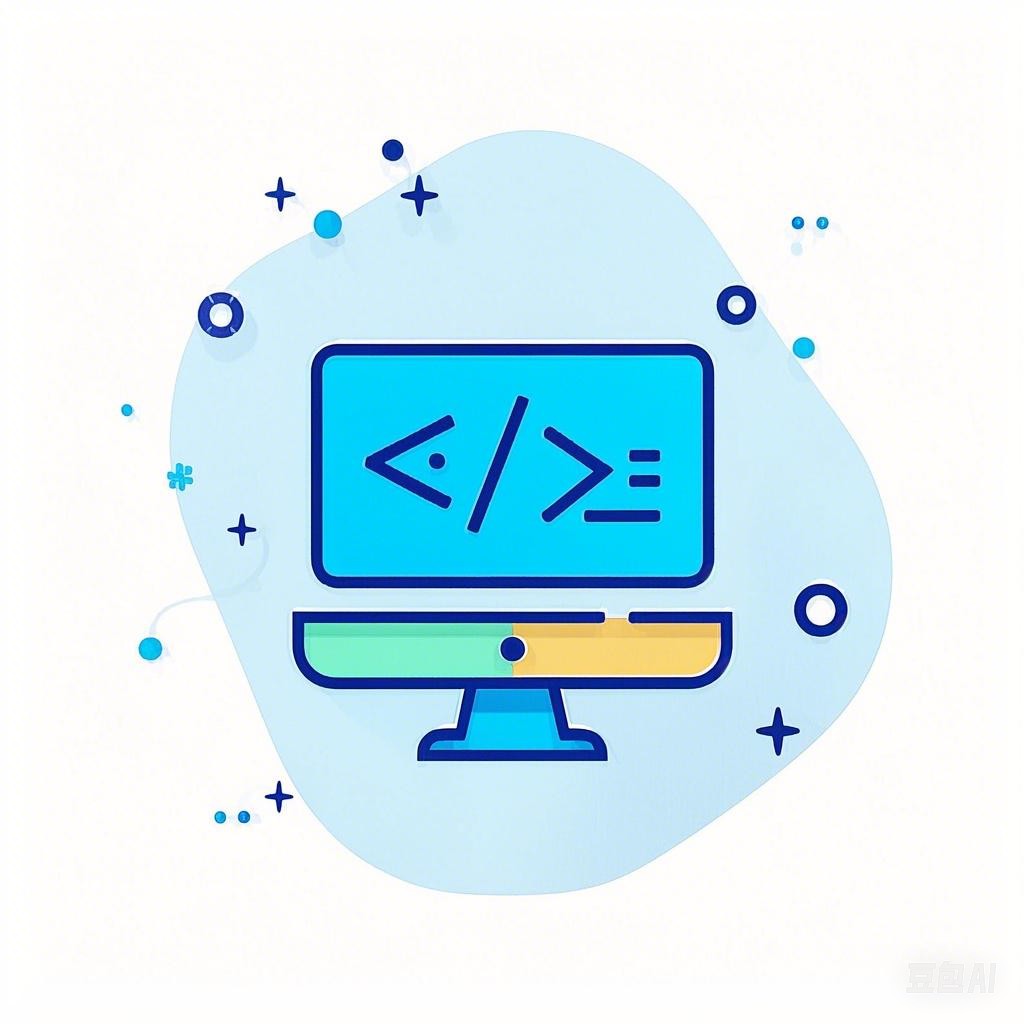Introduction
In today’s data-driven world, the ability to unlock the power of data is crucial for businesses, researchers, and individuals alike. One of the most effective ways to understand and communicate data is through data visualization. This article delves into the world of data visualization, exploring its importance, techniques, tools, and best practices.
The Importance of Data Visualization
Communicating Complex Information
Data visualization simplifies complex information, making it easier to understand and interpret. By representing data through charts, graphs, and maps, we can quickly identify patterns, trends, and outliers that might be hidden in raw data.
Enhancing Decision-Making
Visualizations provide decision-makers with actionable insights. By presenting data in a clear and concise manner, they can make informed decisions based on a comprehensive understanding of the data.
Increasing Engagement
Data visualizations can be more engaging than traditional text and tables. They capture the audience’s attention, making it easier to convey the message and keep the audience interested.
Techniques of Data Visualization
Charts and Graphs
- Bar Charts: Ideal for comparing different groups or categories.
- Line Graphs: Useful for tracking changes over time.
- Pie Charts: Good for showing proportions, but can be misleading if there are many categories.
- Scatter Plots: Excellent for identifying correlations between two variables.
Maps
- Thematic Maps: Display specific data over a geographical area.
- Heat Maps: Show density or intensity of a variable across a map.
Infographics
Infographics combine text, images, and data to tell a story or convey a message. They are highly engaging and can be used for a variety of purposes, from marketing to educational content.
Interactive Visualizations
Interactive visualizations allow users to explore the data themselves. This can be particularly useful for large datasets or complex relationships.
Tools for Data Visualization
Tableau
Tableau is a powerful and user-friendly tool that allows users to create a wide range of visualizations, from simple charts to complex dashboards.
Power BI
Power BI is a business analytics service from Microsoft that provides interactive visualizations and business intelligence capabilities.
D3.js
D3.js is a JavaScript library that allows users to manipulate HTML and SVG to create custom visualizations.
Matplotlib
Matplotlib is a Python library that provides a wide range of plotting options, making it a popular choice for data scientists and researchers.
Best Practices for Data Visualization
Choose the Right Type of Visualization
The type of visualization you choose should depend on the data and the message you want to convey. For example, use bar charts for comparisons and line graphs for trends over time.
Keep It Simple
Avoid cluttering your visualizations with too much information. Use clear and concise labels, and choose colors that are easy to distinguish.
Focus on the Message
Ensure that your visualizations are focused on the message you want to convey. Avoid distractions and unnecessary details.
Tell a Story
Use your visualizations to tell a story. Start with a clear introduction, present the data, and end with a conclusion or call to action.
Conclusion
Data visualization is a powerful tool that can help us unlock the power of data. By using the right techniques, tools, and best practices, we can effectively communicate complex information, enhance decision-making, and increase engagement. Whether you are a data scientist, business analyst, or just someone interested in understanding data, data visualization is a skill worth mastering.
